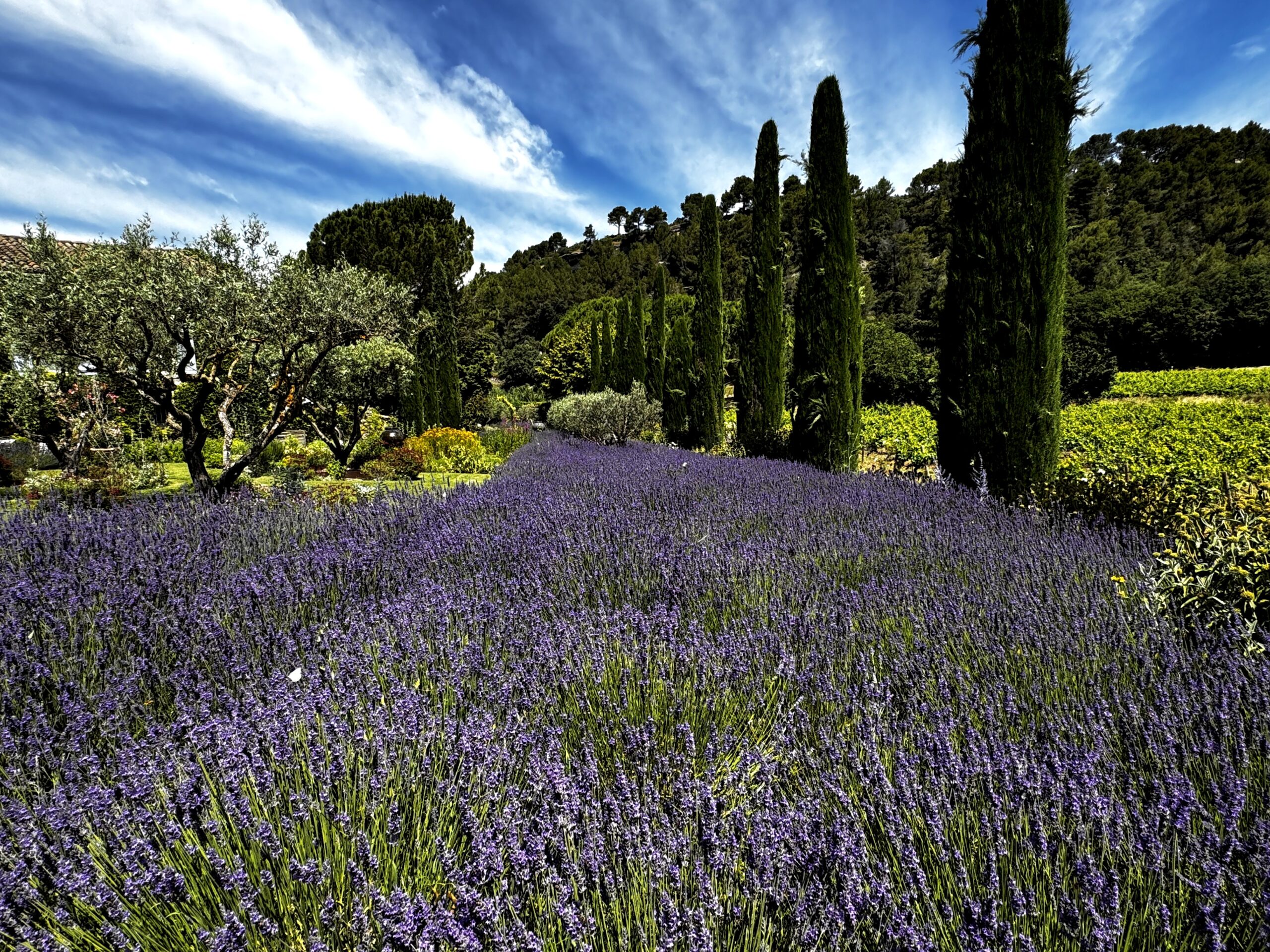
Fields of Color, Culture, and Calm
Provence Lavender in Bloom
By Gayil Nalls
Sign up for our monthly newsletter!
I t is often challenging to recall the sensations of a calm body and mind, yet entering a lavender field in Provence facilitated an immediate sense of peace and clarity. Upon selecting a suitable location, I became acutely aware of the lavender’s aroma, the vivid colors, and the gentle buzzing of bees. Various species of bees were actively foraging for nectar and pollen while pollinating the flowers to enable seed production. The lavender’s fragrance appeared to have a calming effect on the bees, which worked harmoniously around me, optimizing their pollen collection. The vibrational frequency of the bees’ natural buzzing and humming, along with their synchronized activity, resonated with my body, producing a deeply relaxing effect through this symphony of sound and scent.
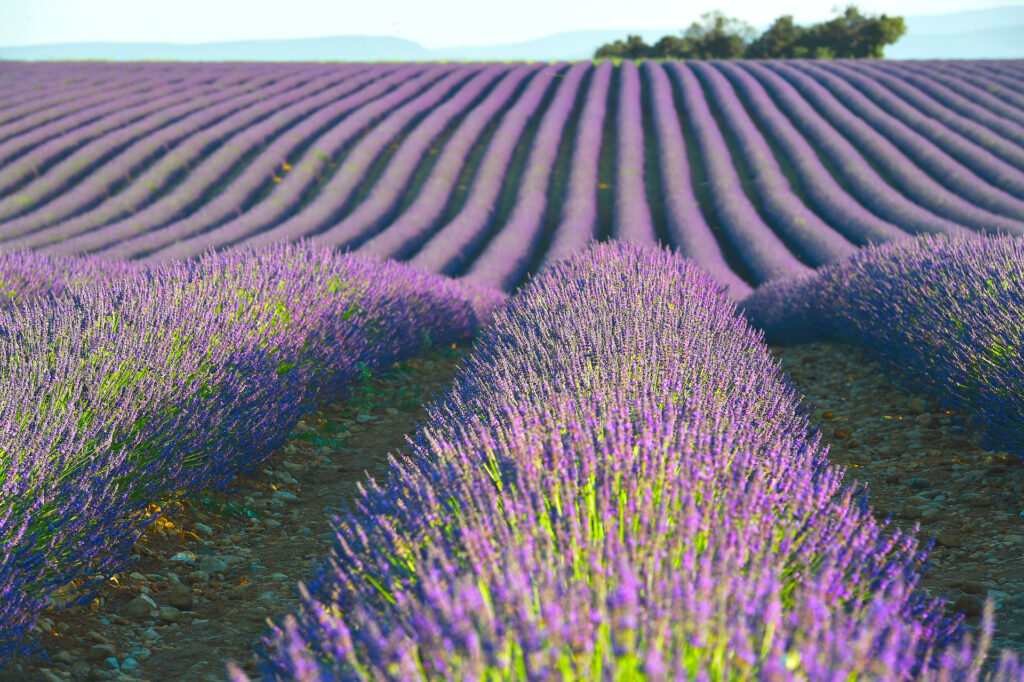
The fields of Lavandula angustifolia in Provence, France, are not just a visual and olfactory delight but a symbol of the region’s rich cultural heritage. The rolling purple landscapes have captivated artists, poets, and travelers for centuries, symbolizing the unique blend of natural beauty and human cultivation that not only defines Provence, but its significance as a heritage symbol extends to all of France. Understanding the cultural history of these iconic fields involves delving into their agricultural roots, their role in local traditions, their influence on art and literature, and their significance in contemporary times.
The day before, I visited the Lavender Museum and Conservatory in Luberon and took an audio tour of Provence’s history of Lavender cultivation and distillation, and why this botanical icon still holds its place in the landscape today. Lavender has been cultivated in Provence since Roman times thriving in optimal conditions: full sunlight, perfect warm temperatures, and well-drained soil. Initially valued for its medicinal properties and use in perfumery. The Romans introduced the plant to the region, recognizing its potential for various applications, from healing wounds to warding off insects. The word “lavender” itself is derived from the Latin “lavare,” meaning “to wash,” reflecting its historical use in baths and personal hygiene.
In the Middle Ages, monasteries in Provence played a crucial role in the cultivation and study of lavender. Monks grew the herb in their gardens, utilizing its antiseptic and therapeutic properties. By the Renaissance, lavender had become a staple of Provençal agriculture, with its uses expanding into culinary and decorative realms.
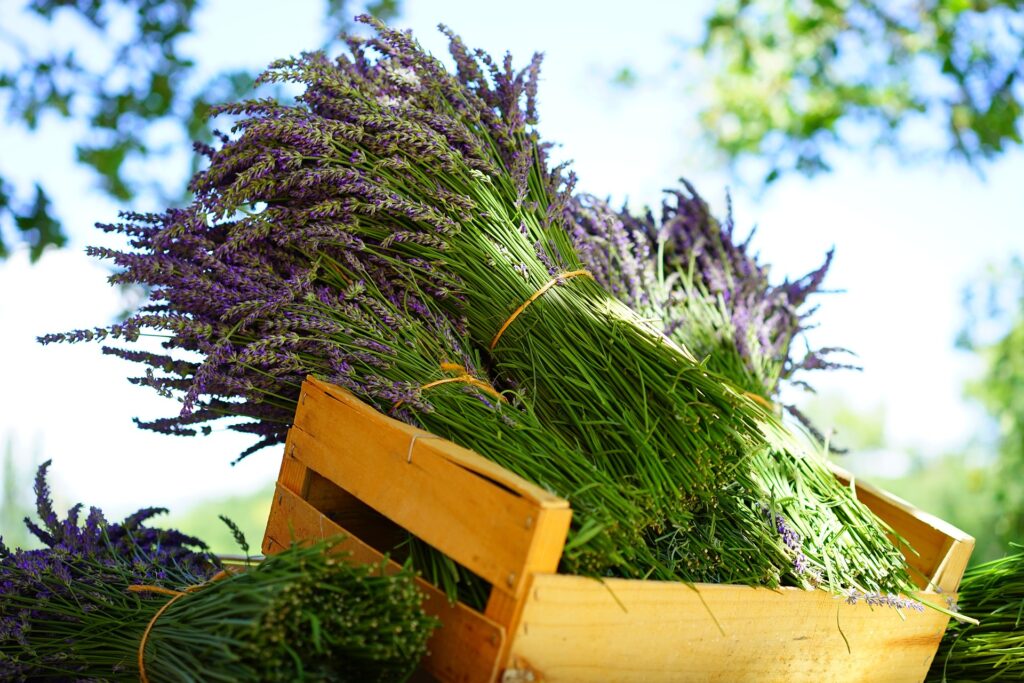
Lavender’s significance in Provençal culture extends beyond its practical uses. It is deeply embedded in local traditions since Roman times and ancient folklore links the plant to the Greek Goddess Persephone. Lavender was harvested mainly by women of all ages early on and the museum displays the various sizes of sickles they used. The annual lavender harvests, which typically take place between late June to August, is a time of communal celebration. Festivals, known as “fêtes de la lavande,” are held in many towns and villages, featuring traditional music, dancing, and markets selling lavender products.
The striking beauty of the lavender fields has inspired countless artists and writers. The vibrant purple hues against the backdrop of the Provençal landscape have been a favorite subject for painters like Vincent van Gogh and Paul Cézanne. Van Gogh, during his time in Saint-Rémy-de-Provence, created several works that capture the essence of the region’s natural beauty, with lavender fields often featured prominently. While I once thought Van Gogh’s bold skies around these Cypress trees came from his imagination, this photograph of the sunset taken after a day in the lavender fields shows how much reality was in his work.
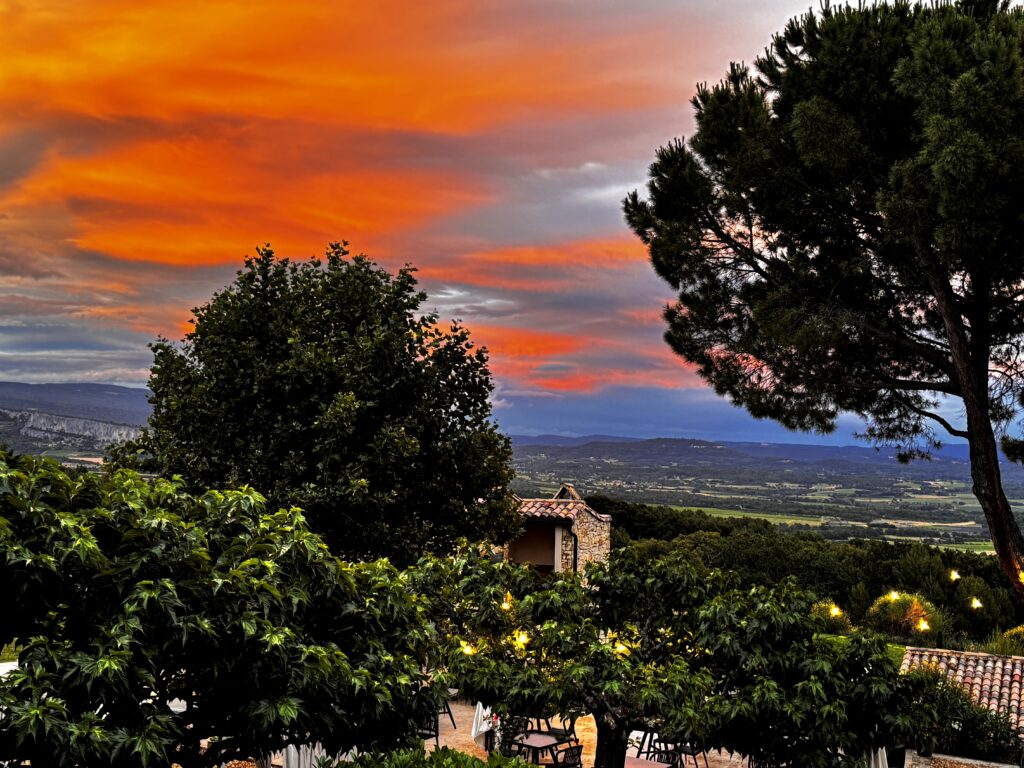
In literature, Provençal lavender is celebrated for its evocative power. The scent and sight of lavender are frequently used to convey the region’s charm and tranquility. Writers like Marcel Pagnol and Jean Giono have woven the presence of lavender into their narratives, painting vivid pictures of the Provençal countryside and its inhabitants. Giono’s “The Man Who Planted Trees” (1953) is a story of hope and one person’s power to change the world for the better.
Today, the lavender fields of Provence continue to be a major cultural and economic asset. They attract tourists worldwide, contributing significantly to the local economy. Lavender’s therapeutic and curative properties and ability to induce relaxation is scientifically established.
The cultivation of lavender also plays a role in sustainable agriculture. Many farmers in Provence practice traditional farming methods, emphasizing the importance of maintaining soil health and biodiversity. Lavender farming supports a range of other local industries, including beekeeping and organic cosmetics, reinforcing its importance to the regional economy.
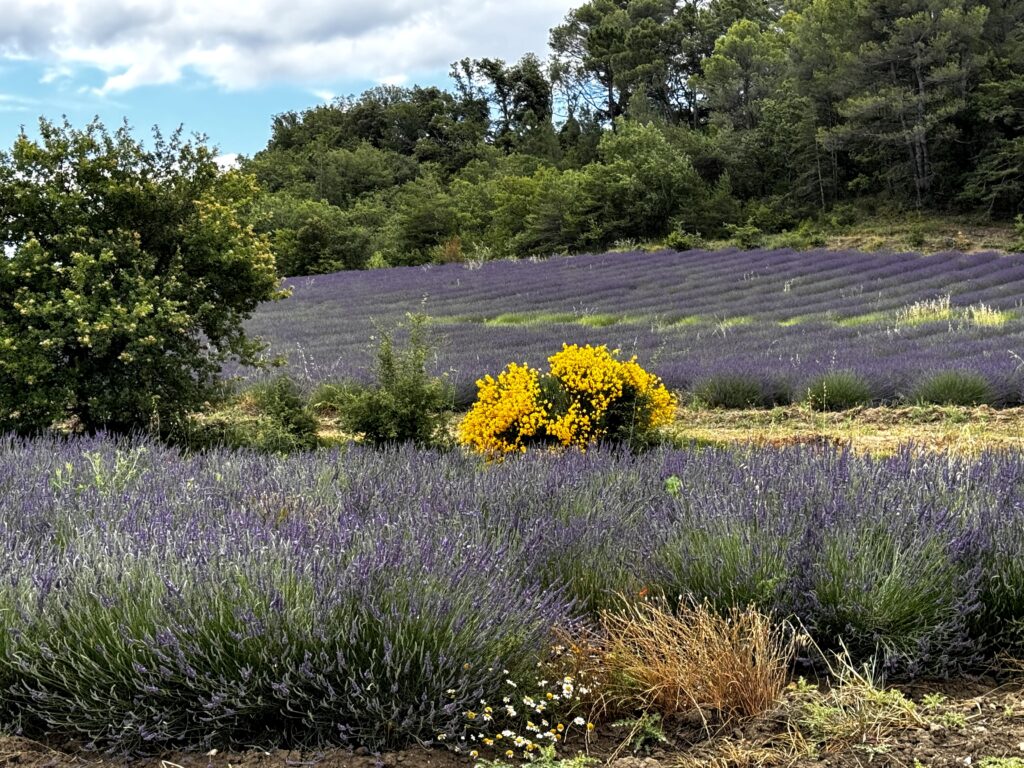
Moreover, the fields serve as a living testament to Provençal heritage. They represent a continuity of agricultural practices that have been passed down through generations, blending tradition with innovation. Efforts to preserve and promote lavender cultivation are a testament to the region’s commitment to the cultural and natural heritage of this iconic aromatic plant that represents France in World Sensorium.
French lavender essential oil, harvested and distilled at the end of its flowering period when its quality is highest, is now used worldwide in pharmacy, perfumery, aromatherapy, and culinary practices, and is valued highly for its pharmacologic properties.
The lavender fields of Provence are more than just a picturesque landscape; they are a symbol of the nation’s cultural identity. From lavender’s agricultural beginnings in Roman times to its contemporary significance, the fields encapsulate the essence of Provençal life. They reflect a harmonious relationship between humans and nature, celebrated through festivals, immortalized in art and literature, and sustained through traditional farming practices. As long as the lavender fields continue to bloom, they will remain a vibrant testament to the rich cultural history of Provence and France, and there will be a balm for overworked psyches.
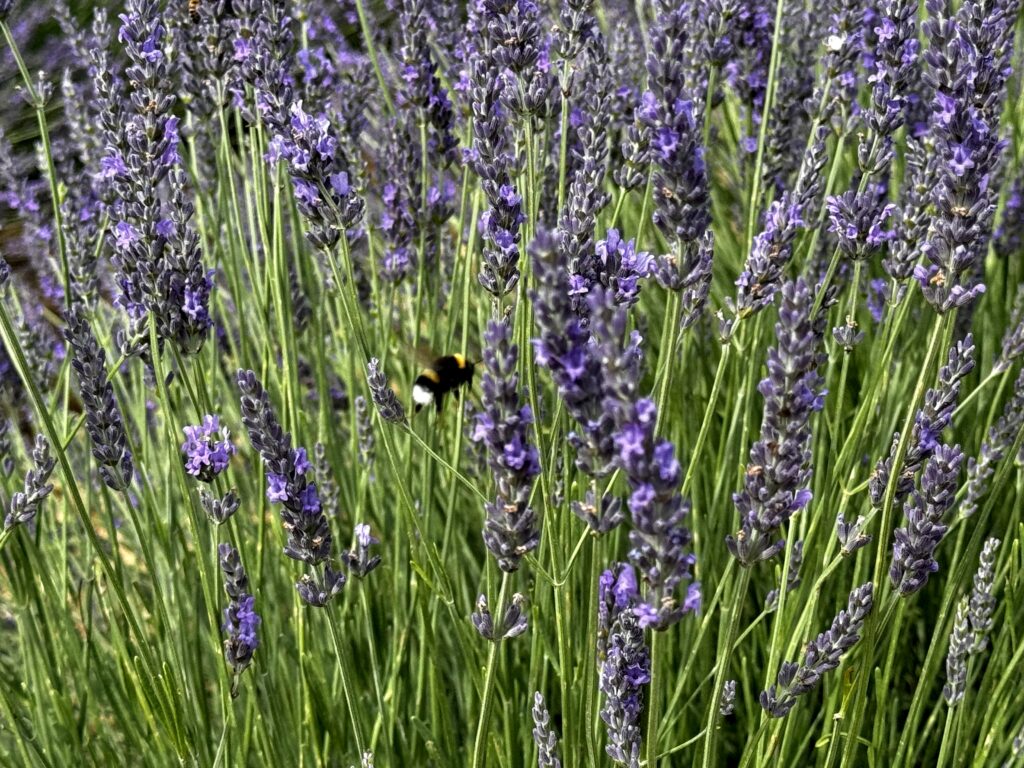
When and Where to See Lavender Fields
June through July is the best time to see Provence lavender in bloom. The most famous lavender fields are in the Valensole plateau and Luberan Valley. Both areas have stunning fields that can also be viewed from high-perched historic villages with breathtaking views of the landscape. In the area around the Sault plateau, the lavender flowers bloom and are harvested later in the season.
Gayil Nalls, Ph.D., is the creator of World Sensorium and founder of the World Sensorium/Conservancy.
Plantings
Issue 37 – July 2024
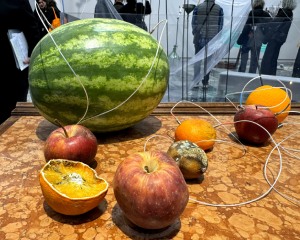
Yuko Mohri: Transforming Plant Fruit Decay into Melody and Meaning
By Gayil Nalls
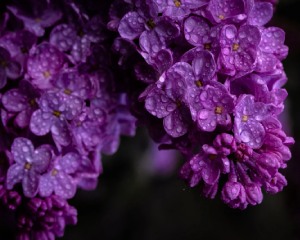
Fridays at Keller: Reflecting with Miriam Songster’s “Bloom Dates”
By David Strunk
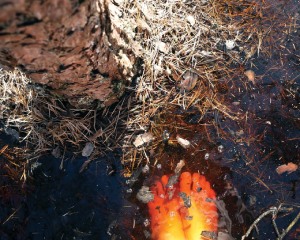
Irina Adam’s “Pitch Pine Pollen,” A Transforming Forest
By David Strunk
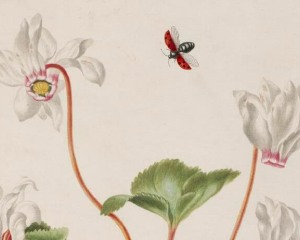
A 19th-century tale of hermaphrodite flowers, Charles Darwin, and women’s right to vote
By Rebecca Batley
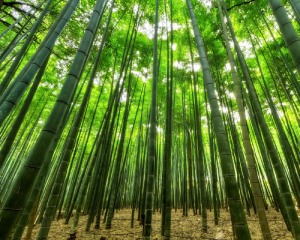
Ecologists Can’t Beat Invasive Species, So They’re Joining Them
By Lorraine Boissoneault
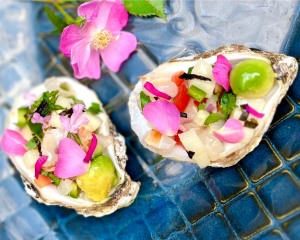
Eat More Plants Recipes:
Lychee Ceviche with Rose Petals
By Culinarian Mary Munro

As Ireland transitions from the rich, smoky scent of peat-burning to a more sustainable future, its olfactory heritage is evolving. What will become the next iconic aromatic symbol of Ireland?
Click to watch the documentary trailer.

